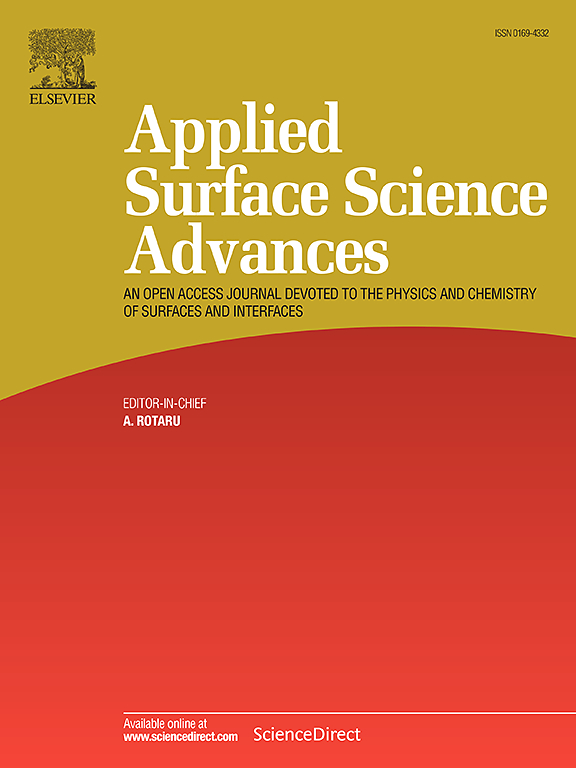Enhancement of electrical properties of morphotropic phase boundary in Hf1-xZrxO2 films by integrating Mo electrode and TiN interlayer for DRAM capacitors
IF 7.5
Q1 CHEMISTRY, PHYSICAL
引用次数: 0
Abstract
Molybdenum is considered a promising electrode material for Hf1-xZrxO2 films owing to its enhancing impact on ferroelectricity and dielectric constant. However, it poses significant limitations, such as high leakage current density and low endurance, which must be addressed to ensure its applicability in Hf1-xZrxO2-based memories. The insertion of a TiN interlayer has been proven to effectively reduce the oxidation of a Mo electrode and suppress the formation of oxygen vacancies in Hf1-xZrxO2 films, as confirmed by transmission electron microscopy (TEM) and X-ray photoelectron spectroscopy (XPS) studies. An optimized 6 nm-thick Hf0.3Zr0.7O2 film with a TiN interlayer exhibited a leakage current density below 10–7 A/cm² at 0.8 V and an equivalent oxide thickness of 0.49 nm, demonstrating its suitability for cell capacitors in dynamic random-access-memories (DRAM).
求助全文
约1分钟内获得全文
求助全文

 求助内容:
求助内容: 应助结果提醒方式:
应助结果提醒方式:


